I woke up at 4:30 am so that I could pack all my stuff and leave at 5:00 am. In hills, hotel caretakers usually do not get up that early. I remembered my missed bus to Harsil during an earlier trip and ensured that I had enough time to awaken the caretaker if the need arises. Kunal and I quietly opened the door and sneaked out. We rushed to the bus stop, with Kunal almost pushing his trolley downhill.
I met a fellow Bangalorean—Sai. We were headed in the same direction and teamed up. For this particular ride, we had to reserve a seat from the bus stand. The seat we got were on the rear emergency exit and were especially uncomfortable; just may not be as uncomfortable as the row in front which was directly on the rear axle. Meanwhile, Kunal took an AC bus to Chandigarh—one that wasn’t listed on the board at the bus stand. We bid goodbye to each other and went our own ways.
The road was very dusty. The terrain was treacherous, too. Somewhere near Akpa, a truck had gotten stuck along one of the switchbacks. Neither us, nor the vehicles from the other side could pass through unless the truck was put back on the road. I thought it would take some time and some heavy machinery to do so but quite a number of passengers from lined up and pushed the truck onto the road.
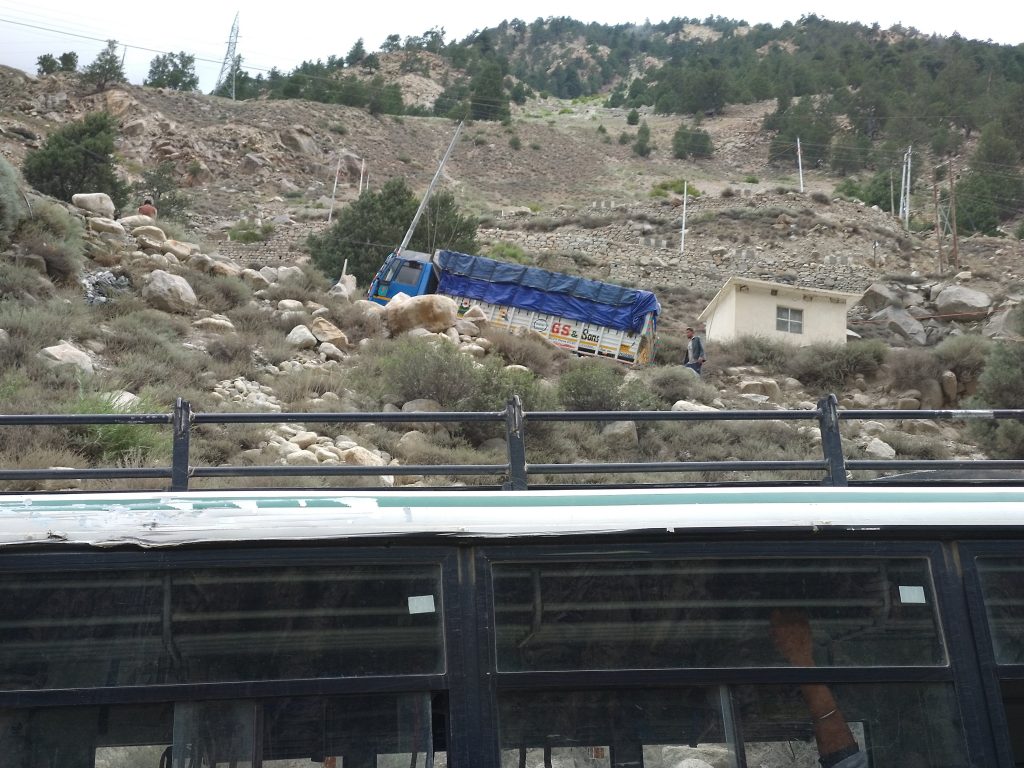
The stretch of highway from Peo to Spello—and somewhat beyond—is one of those notorious stretches of roads that sees a couple of landslides every year. The bus stopped at Spello for breakfast. For some reason, the public toilets at Spello were locked. Most of the places where HRTC buses stop for food, usually have access to some kind of restrooms.
The bus dropped us at Nako at 10:30 am. Nako bus stop had a few eateries. I had momos for breakfast in one of them. Sai and I kept our rucksacks and walked towards the village. The road to the village was being upgraded to a metalled one. The entrance was closed for vehicles but pedestrians weren’t a problem.
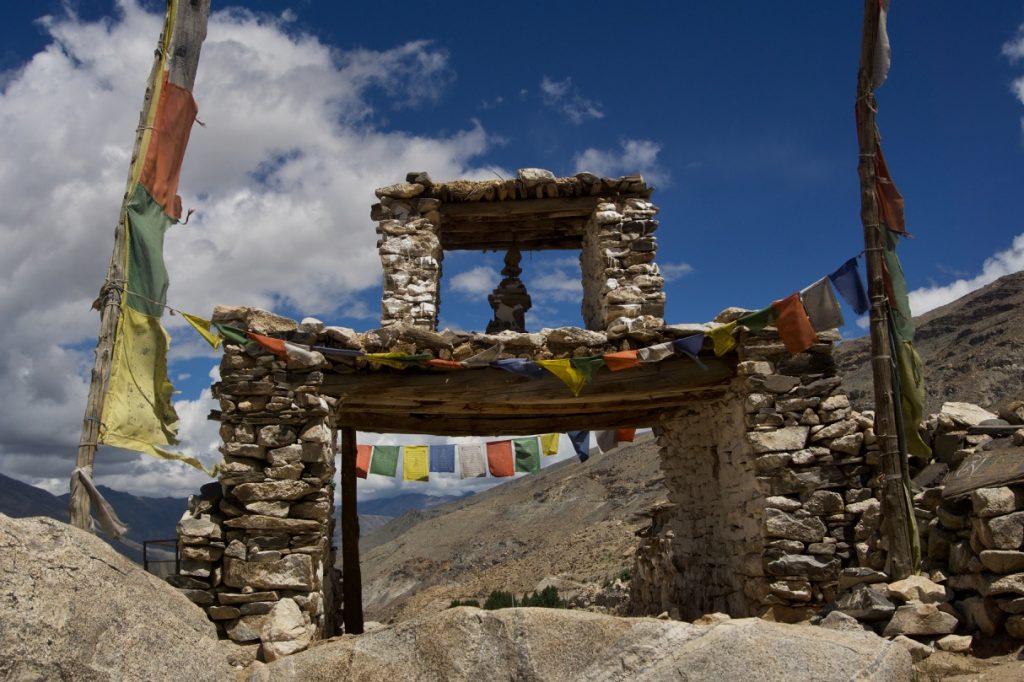
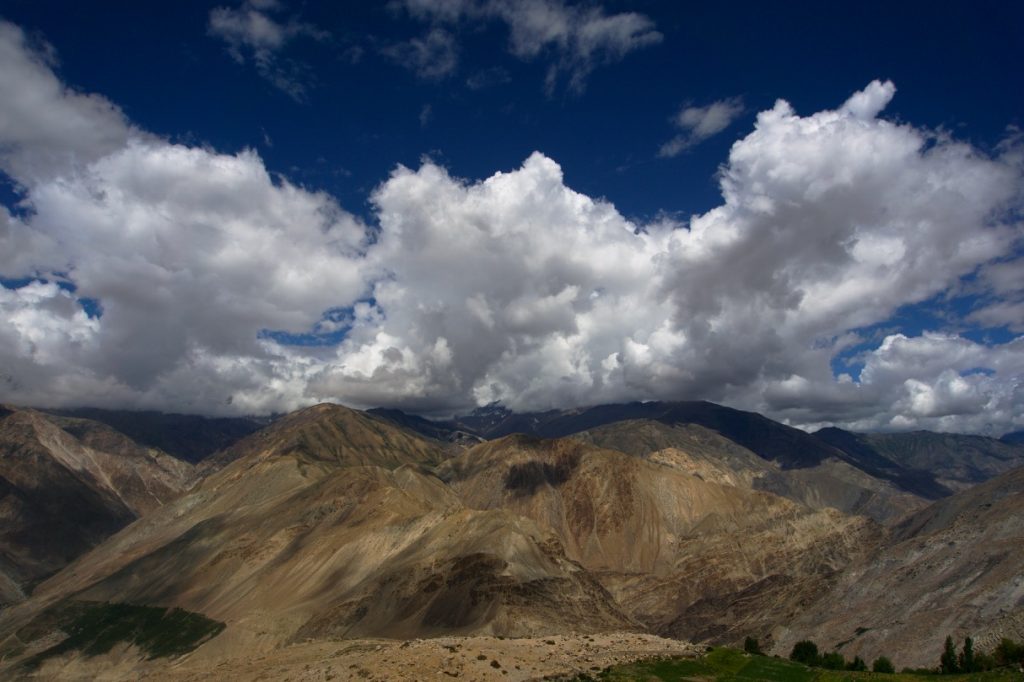
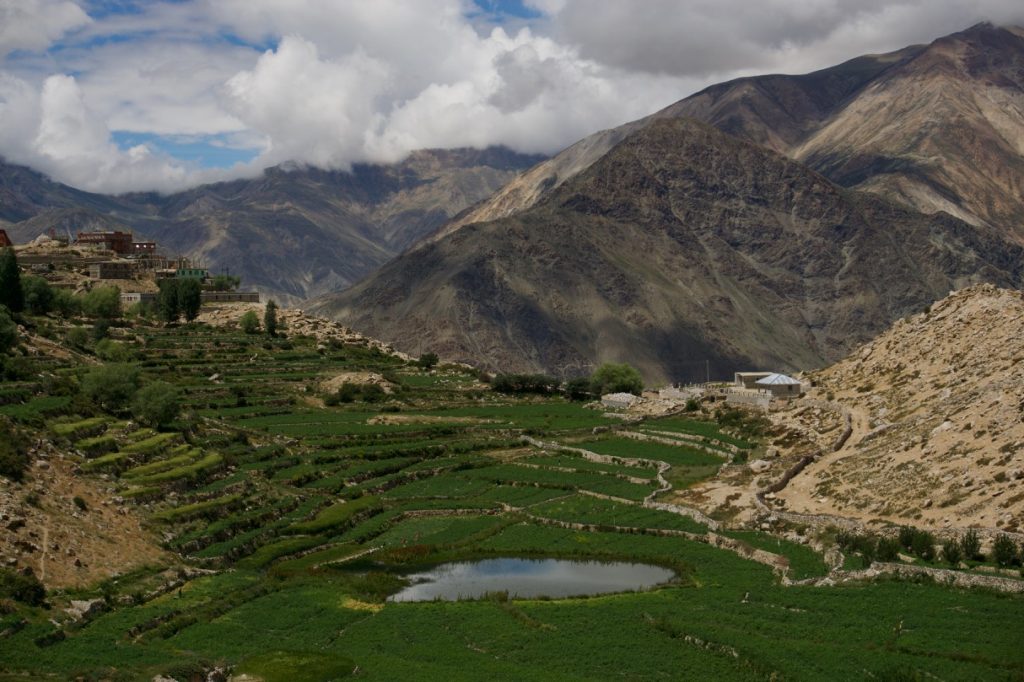
At the heart of the village is a monastery and a lake. While walking through the village I noticed that old houses—made of wood, stone and mud—were latched and not locked. I guess no one worries about theft in these parts of the world. In one of the small gomphas I saw an old lady prostrating. She would be, at the very least, in her nineties. I wanted to take a photograph of her but decided to not disturb her prayer. I smiled at her and she reciprocated my nod with a smile.
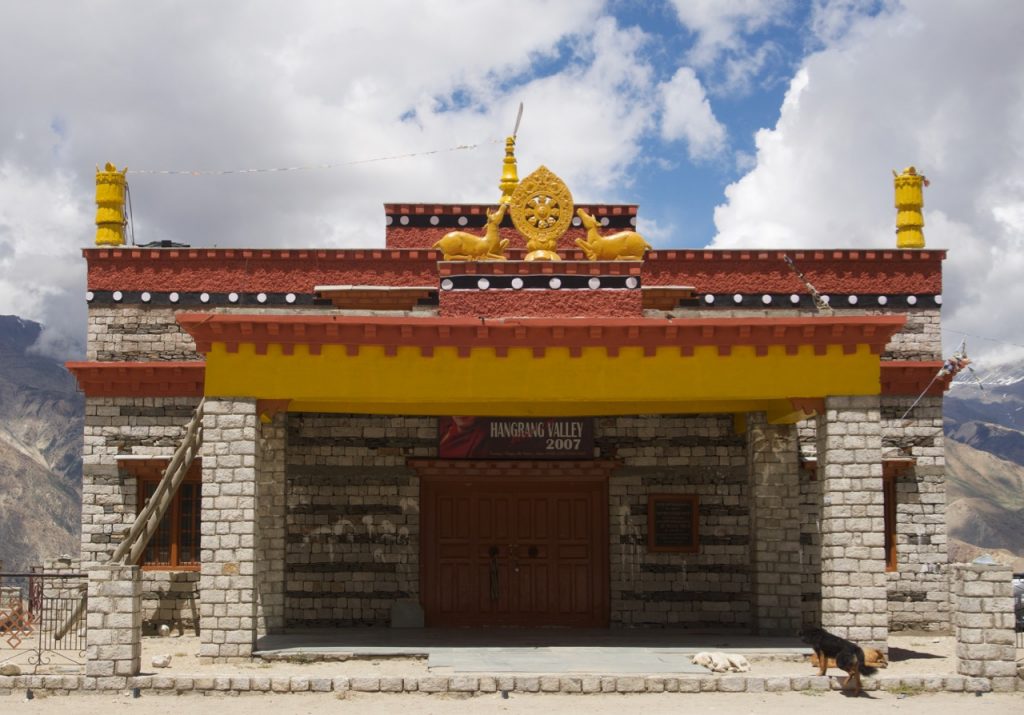
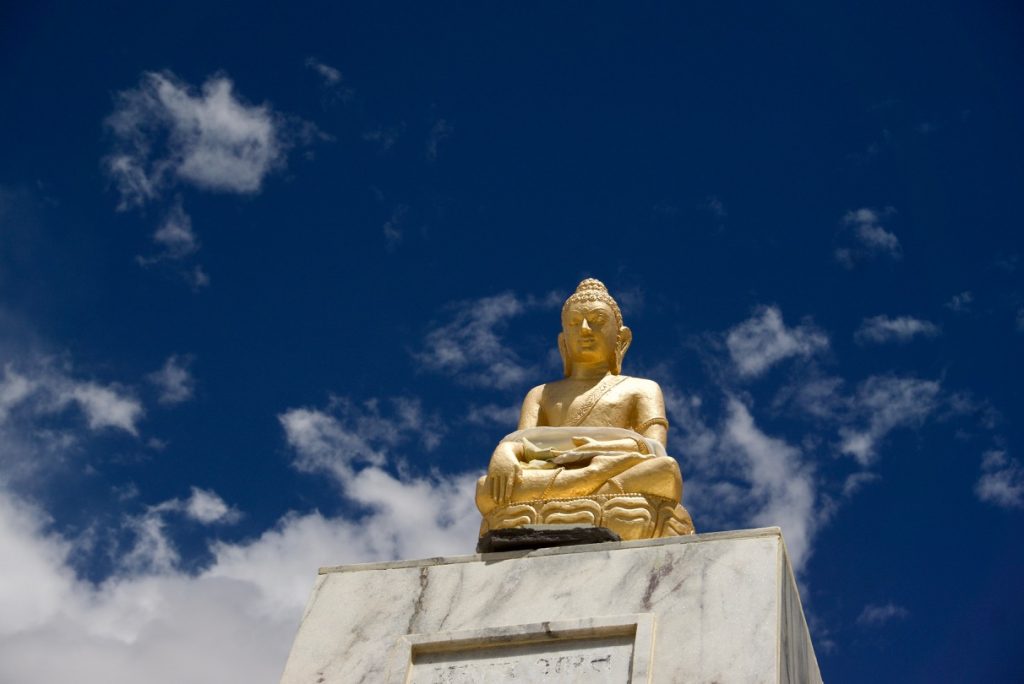
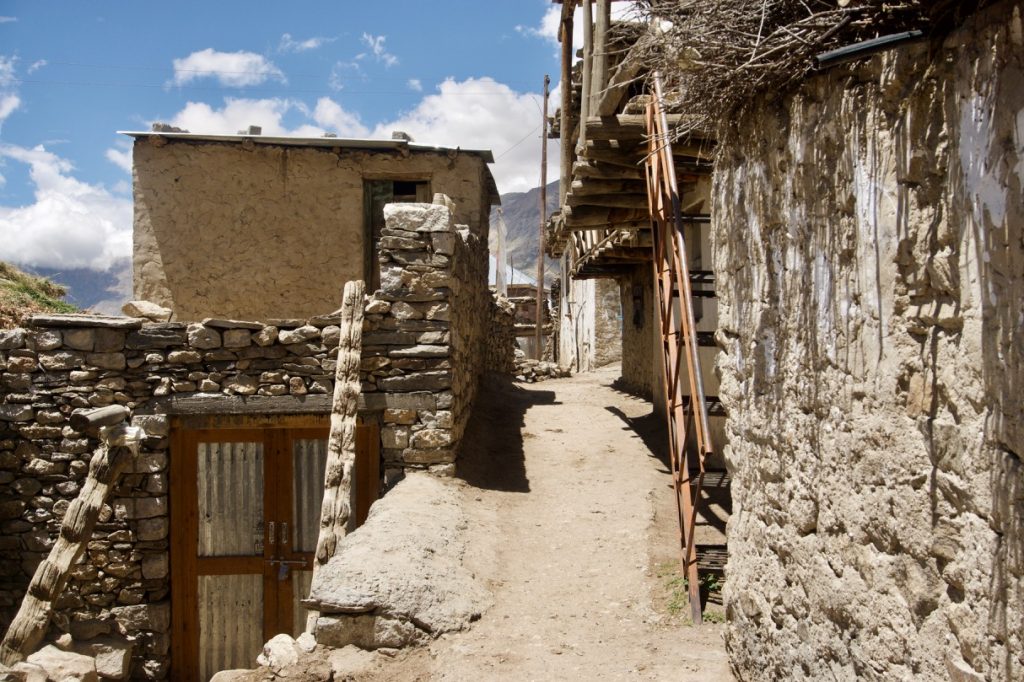
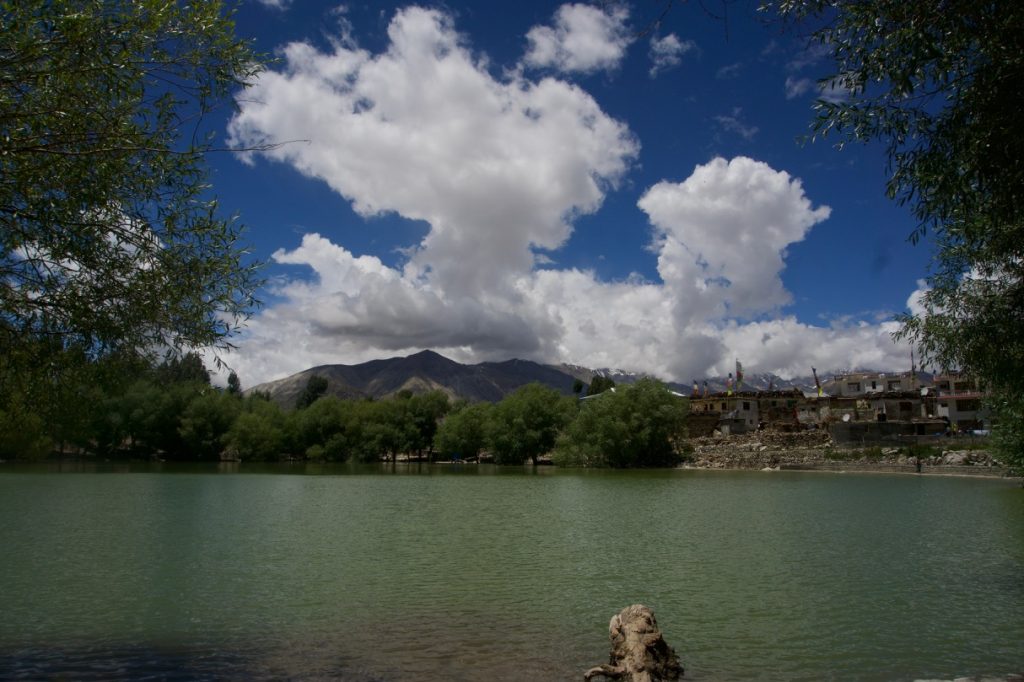
A large sacred prayer wheel and a chorten oversees the village. We hiked to that point and had a nice look at the village.
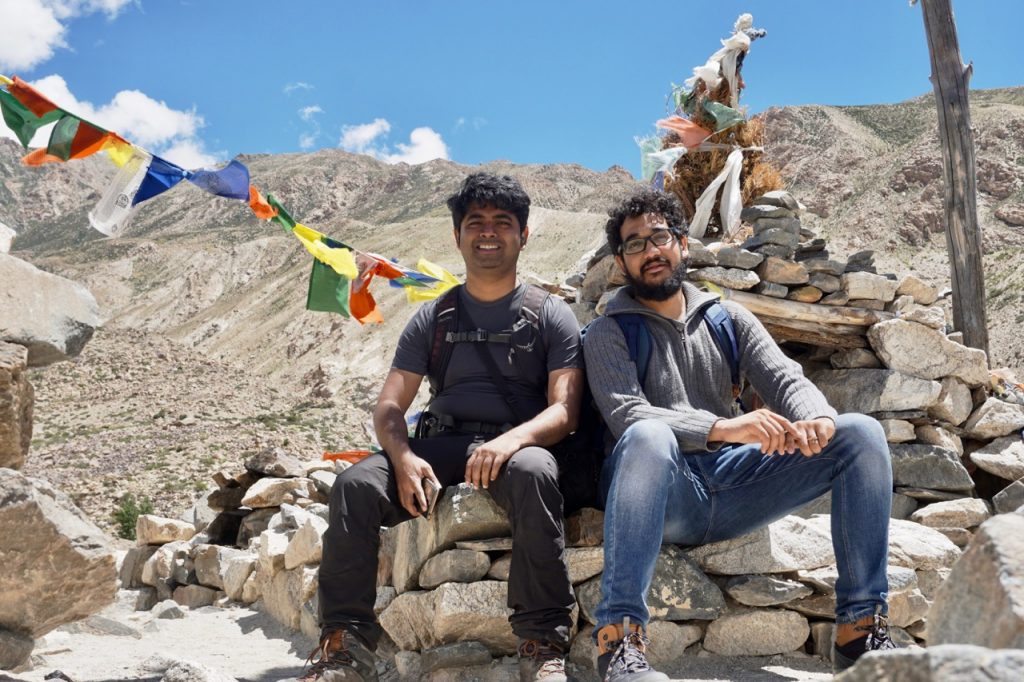
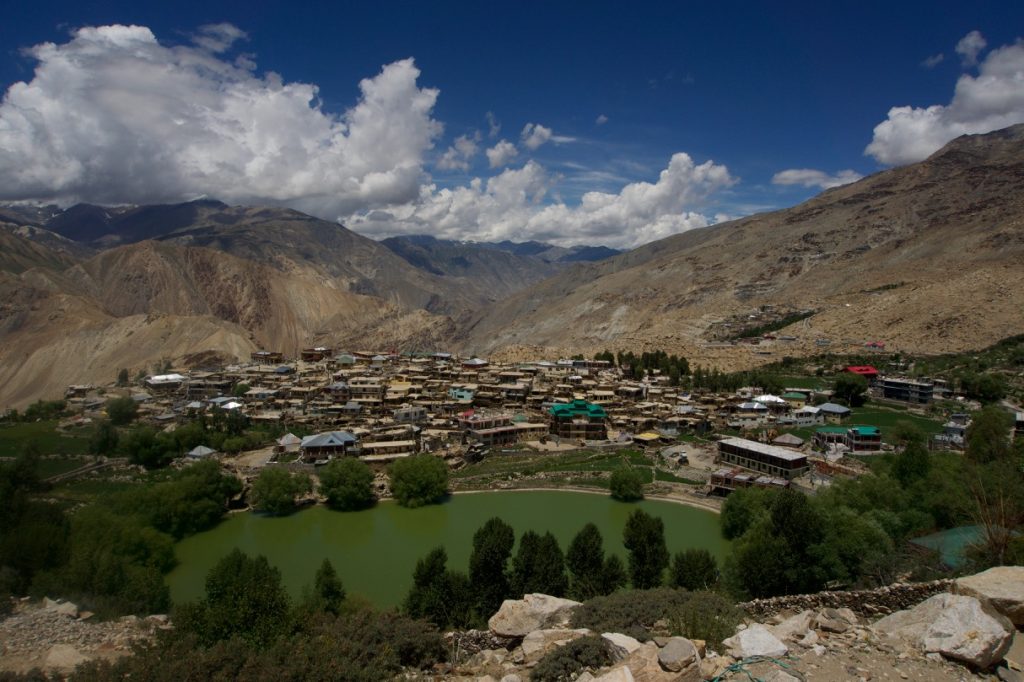
Once we were back at the bus stop, I met Ashwin and his two friends. They were also from Bangalore and had hired a self-drive car from Chandigarh to do the Tribal Circuit. I met them earlier at Chitkul while Sai had earlier met them at Kalpa. They had to take a longer route to get to the village as the main entrance was close. They wanted to get to Kaza by the end of the day. In my opinion, they were rushing through the valley. The reality could be that they did not have enough leaves.
I had a bowl of thukpa—Tibetan noodle soup. The noodles were raw. Even after insisting a number of times, the cook refused to acknowledge that and said that’s how thukpa was made around that region. I left the noodles and just had the soup. I had enough thukpa and enough variations in my life to know better.
Sai tried to hitchhike. It was a failure of an exercise. In the end, we caught the scheduled bus to Tabo at 3:00 pm.
Sumdro is the town on the border of Kinnaur and Lahaul-Spiti. Some military personnel entered the bus to check if there were any foreigners. Foreigners need an inner-line permit to enter this region between Peo and Kaza—excluding both—owing to the proximity to Chinese border. Beyond this checkpost, the valley opened up as it visually became drier and drier. I thought that Nako looked like a death valley but the entire stretch between Sumdro to Tabo looked as if someone had poured sand and rubble over mountains made of broken rocks. It felt like a desert. It was one.
The bus dropped us in Tabo at 5:30 pm. We went to the monastery guest house and got ourselves a room. The stupas and the mud houses of the old monastery was visible through the window. Later that evening, we had our dinner at Cafe Kunzum Top. It was located right behind the guest house. They charged two hundred and twenty rupees for a plate of ten momos. It was expensive but it was worth the price.
